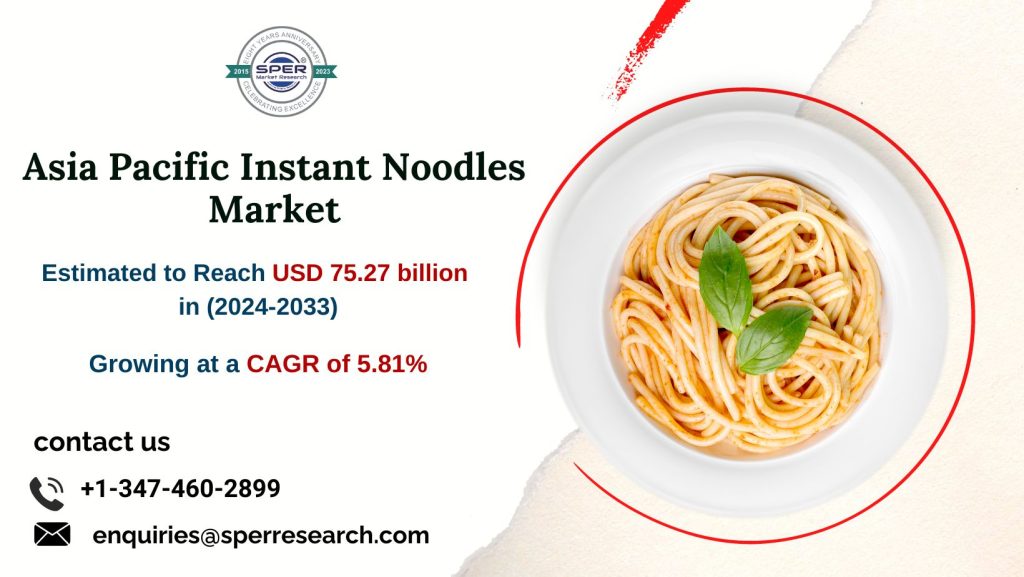Dairy products encompass a wide range of foods derived from milk, which is produced by mammals such as cows, goats, and sheep. These products are integral to human diets globally and provide essential nutrients like calcium, protein, vitamins, and minerals. Common dairy products include milk, which is consumed fresh or processed into various forms such as pasteurized, homogenized, or fortified milk. Cheese is another prominent dairy product, made by coagulating milk proteins and separating the curds and whey. It comes in diverse varieties, ranging from soft and creamy to hard and aged, each with distinct flavors and textures. Yogurt is fermented milk produced by adding bacterial cultures to milk, creating a thickened consistency and tangy flavor, often enriched with probiotics beneficial for gut health. Butter, derived from churning cream, is a solid fat used in cooking and baking, valued for its rich flavor.
According to SPER Market Research, ‘Thailand Dairy Products Market Size- By Product Type, By Distribution Channel- Regional Outlook, Competitive Strategies and Segment Forecast to 2033’ states that the Thailand Dairy Products Market is estimated to reach USD XX billion by 2033 with a CAGR of 7.2%.
Increasing urbanization and rising disposable incomes are expanding the consumer base for dairy products, particularly in urban areas where convenience and health-conscious choices drive demand. Changing dietary habits, influenced by global food trends and a shift towards Western-style diets, further propel the consumption of milk, yogurt, cheese, and other dairy products. Government initiatives supporting dairy farming, such as subsidies, technical assistance, and infrastructure development, encourage local production and enhance supply chain efficiency. Thailand’s strategic location in Southeast Asia facilitates trade and export opportunities for dairy products, fostering international competitiveness and market expansion. Technological advancements in dairy farming and processing contribute to improved productivity and product quality, meeting the growing demand for safe and nutritious dairy products.
The dairy products market in Thailand faces several challenges that impact its growth and development. These include the country’s tropical climate, which poses challenges for dairy farming as it affects feed quality, animal health, and milk production. Additionally, Thailand’s dependency on imported dairy ingredients, such as milk powder and cheese, exposes the industry to fluctuations in global prices and exchange rates, impacting production costs and profitability for local dairy processors. Moreover, despite government initiatives to support dairy farming, including subsidies and technical assistance, there are constraints in terms of land availability and infrastructure development in rural areas, which limits the expansion and modernization of dairy farms.
Request For Free Sample Report @ https://www.sperresearch.com/report-store/thailand-dairy-products-market.aspx?sample=1
The Coronavirus pandemic affects Thailand’s dairy merchandise business. Before the viral pestilence, the economy of the country was at that point contracting, and this has exacerbated things in Thailand. Besides, transportation constraints have lost supply chains and decreased the interest for dairy items all through the country. Supply chain disruptions, both domestically and globally, also affected the dairy industry in Thailand. These disruptions included logistics challenges, labor shortages, and fluctuating prices of raw materials and packaging materials, impacting production and distribution capabilities.
The largest market share for Thailand Dairy Products Market is held by Bangkok due to its dense population and greater access to supermarkets, hypermarkets, convenience stores, and foodservice establishments that offer a wide range of dairy options. Betagro PCL, CP Group, Dutch Mill Group Public Company Limited (DMG), FrieslandCampina PLC, Thailand President Foods PCL are few of the major names in the market.
For More Information, refer to below link:-
Thailand Dairy Products Market Demand
Related Reports:
Follow Us –
LinkedIn | Instagram | Facebook | Twitter
Contact Us:
Sara Lopes, Business Consultant – U.S.A.
SPER Market Research
+1-347-460-2899









